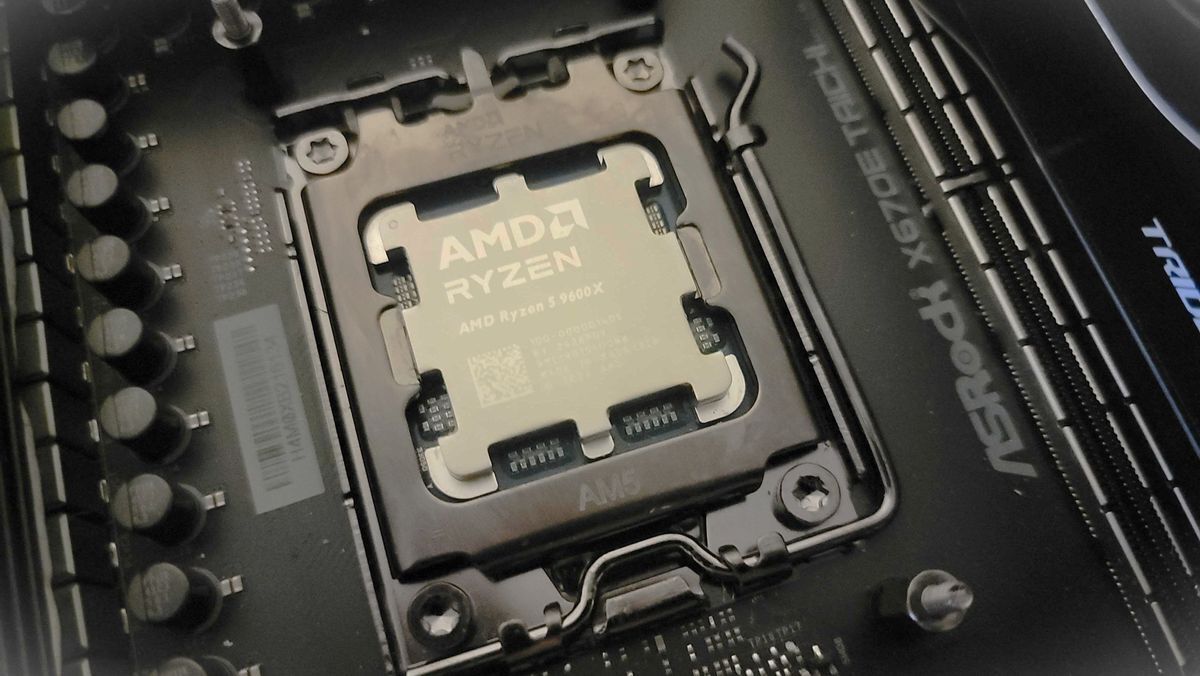Here we are - 3600 which was still under manufacture 2-3 years ago are not get patched. Shame on you AMD, if it is true.
Attackers need to access the system kernel to exploit the Sinkclose vulnerability, so the system would have to already be compromised. The hack itself is a sophisticated vector that is usually only used by state-sponsored hackers, so most casual users should take that into account.
So it’s a vulnerability that requires you to.already have been compromised. Hardly seems like news.
I can understand AMD only patching server chips that by definition will be under greater threat. On the other hand it’s probably not worth the bad publicity not to fix more.
That’s so stupid, also because they have fixes for Zen and Zen 2 based Epyc CPUs available.
Intel vs. AMD isn’t “bad guys” vs. “good guys”. Either company will take every opportunity to screw their customers over. Sure, “don’t buy Intel” holds true for 13th and 14th gen Core CPUs specifically, but other than that it’s more of a pick your poison.
How is AMD “screwing us over”? Surely they aren’t doing this on purpose? That seems very cynical.
They are 100% not patching old chips intentionally by not allocating resources to it. It’s a conscious choice made by the company, it is very much “on purpose”.
That’s not what I was referring to. I was referring to the act of “adding vulnerabilities”. Surely they aren’t doing that on purpose. And surely they would add fixes for it if it was economically viable? It’s a matter of goodwill and reputation, right?
I don’t know, I just don’t think it’s AMD’s business model to “screw over” their customers. I just don’t.
What I mean by that is that they will take a huge disservice to their customers over a slight financial inconvenience (packaging and validating an existing fix for different CPU series with the same architecture).
I don’t classify fixing critical vulnerabilities from products as recent as the last decade as “goodwill”, that’s just what I’d expect to receive as a customer: a working product with no known vulnerabilities left open. I could’ve bought a Ryzen 3000 CPU (maybe as part of cheap office PCs or whatever) a few days ago, only to now know they have this severe vulnerability with the label WONTFIX on it. And even if I bought it 5 years ago: a fix exists, port it over!
I know some people say it’s not that critical of a bug because an attacker needs kernel access, but it’s a convenient part of a vulnerability chain for an attacker that once exploited is almost impossible to detect and remove.
Really not good enough from AMD. I wonder if Intel wasn’t a complete dumpster fire right now if they would still cut off the fix at Zen 3 (I doubt it). There’s really no reason not to issue a fix for these other than they don’t want to pay the engineers for the time to do it, and they think it won’t cost them any reputational damage.
I hate that every product and company sucks so hard these days.





